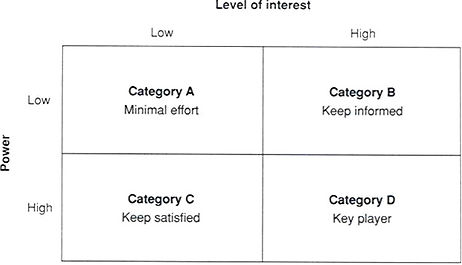PLANNING AND PROFESSIONALISM
Reflecting back on my learning within Planning and Professionalism in semester one, the knowledge I gained was directly applicable to the project work. Unfortunately I did not directly transfer much of this learning to my project work at the time. The beginning of semester two I was well aware that I needed to apply more theory to my work, so I made a conscious effort to implement this learning to all project work. The breadth of learning this semester was vast, semester one focussed on basic project planning, business models and adding value. Semester two was building on our learning so far, and going deeper into that knowledge as well as looking at new topics. Some of my biggest learning points within the few months were around client management, setting expectations and corporate stakeholder management. This semester also had an additional focus on the marketing side, which I found an easier way to apply business thinking to my work.
The first project conducted at the beginning of semester two was the WhyVote project; as I had a strong team and a clear mindset from the start, we began with a clear plan of action for everyone within the team. I also ensured we had an accurate calendar written in our working space to clarify people’s availability during the week so we knew how much could be feasibly done. This was all building from my learning from the previous semester, as I found project planning incremental to the success of the work at hand. Near the beginning of the project, we were conducting research around the topic of youth engagement in politics and decided to conduct a questionnaire. Chris Jeffs brought to our attention in his data collection lecture about the importance of the survey design, the different types of questionnaire and the sample we were targeting. Looking into Sanders Lewis and Thornhills ‘Research methods for business students’ our easiest and most effective way of gathering this needed data was by a self-administered online questionnaire, rather than interviewer surveys. The questionnaire needed to be short enough to not lose people’s interest, and we needed to get the most out of every question. The majority of the questions were closed questions and there was an open question at the end. The information gathered was invaluable moving forward in the project.
One of our time plans for the WhyVote project

The project planning I did for the Unilever project as Project Manager
Lewis Sanders and Thornhill 2009
Within WhyVote another piece of knowledge I brought from the previous semester was the business canvas model Chris introduced us to. This was an extremely useful tool we used as a team to evaluate our idea as it was building momentum, to ensure we had considered it from all angles, such as key resources, channels to market, customer target/segments, key partners etc. Chris Jeffs created the business canvas we were introduced to but there are many other versions including Alexander Osterwalder, the author of Business Model Generation.
‘A business model describes the rationale of how an organization creates, delivers and captures value’.
Using such a useful technique helped us build our idea to a much stronger and well-rounded level.

Mapping out our Positive Activism Idea
There are so many areas and tools of Planning and Professionalism this semester that I found myself implementing into my projects, its difficult to identify where my biggest personal learning was. The project conducted with Low Simonside Community Centre had a high client interaction level, there were many stakeholders within this project to engage with, such as; the community centre users, the staff at the centre, the café at the centre, the council, our client, the counsellors, the greater community etc. As the students managed this project, we had to be organized about this; using Mendelow’s Matrix we mapped out the importance of each stakeholder and organized contact with each depending on their interest/power. Having this information clear from the beginning meant we knew who were the key player in this project. As we didn’t have a brief specified by the client, it meant we had to manage all stakeholders expectations; as the project was only 2 weeks we had to be realistic about how much could have been achieved, whilst still impressing the client. Whilst visiting the community centre on a number of occasions we spoke to various people who worked and lived in the community and clarified what we were doing there. Dawn, one of the ladies who worked full time at the centre was extremely excited about how we could change and improve the CC; I was concerned as we did not have a budget, that individuals like herself believe we would be the answer to all their problems. I was concerned that we were seen as ‘expert consultants’ not ‘facilitating consultants’, understanding roles as a consultancy is very important, and to be clear about what is expected. When I spoke to people around the community centre, I made sure my language reflected our role, e.g focused around aiding them in the transition, or solution scoping; by speaking to the locals in this way, it meant I was not setting their expectations too high. Ross who was our main client and the key partner within this project was unable to meet with us before the final presentation. I was concerned that Francis, who was tasked with keeping him up to date on our progress, may have unwittingly set Ross’ expectations too high; although it was clear on the final presentation day that Ross and his associate were impressed with the final result, meaning we had exceeded their expectations which may have been influenced by the short timescale.


Summary of Learning
In semester one I found it difficult within the project work to see how some of the skills learnt could be applied to those projects. With the exception of project planning, I did not appreciate the opportunities to apply business learning or knowledge. This semester however, business has been entirely central and strongly underpinned every project development and pitch. This has allowed me to fully appreciate the importance of the deeper understanding beneath the creative surface.





